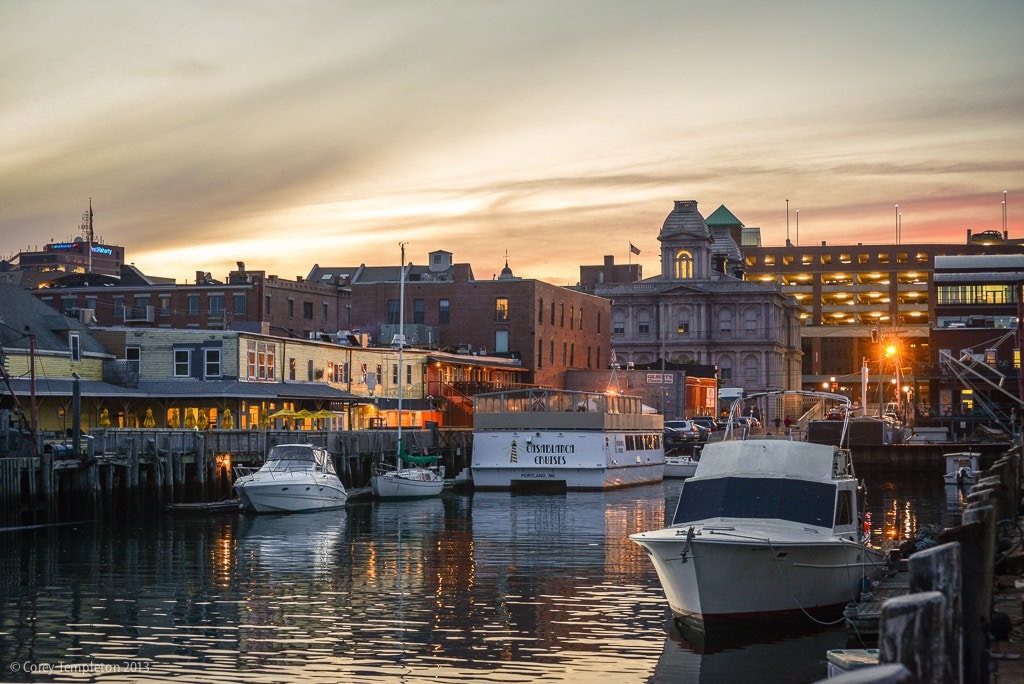Maine’s coast, lakes, woods, and mountains have inspired countless American artists including year-round residents like Winslow Homer and three generations of Wyeths. Even the list of artists who visited Maine or summered there reads like a Who’s Who: Frederic Church and Thomas Cole, Childe Hassam, John Singer Sargent, Edward Hopper, Rockwell Kent and many, many others. Robert Indiana, the pop artist who created the iconic “LOVE” sculpture, spent years in the island-town of Vinalhaven.
Works by these artists—including the seaside Winslow Homer Studio, and the Olson House that inspired Andrew Wyeth’s famous painting, “Christina’s World”—can be savored along the Maine Art Museum Trail. The trail stretches 167 miles from Portland east to Ogunquit, farther east to Lewiston, on to Rockland and, finally, way Down East to Bangor.
Including European masterpieces by the likes of Monet, Renoir, Cassatt, Klee, and Picasso, the Maine Art Museum Trail encompasses 53,000 works in seven museums, including four superb college collections at Bates, Bowdoin, Colby, and the University of Maine. Maine’s art museums rival those in big cities around the country, but admission is half the cost, and three museums are free to the public! What’s more, you’ll rarely, if ever, have to shove through crowds to soak up all that sweetness and light.
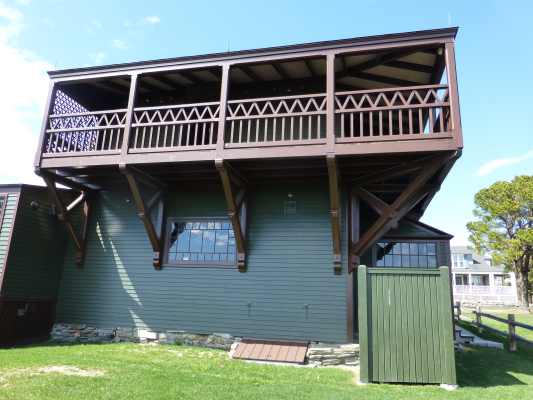
On a weekend trip to Maine, visit one or two museums. See all or most in a week, interspersing visits with antiquing forays, brewpub visits, and lobster dinners. Come in summer and fall, when, for one evening a month, usually Friday, Artwalk Maine offers self-guided tours of studios, galleries, and museums in downtown cities around the state.
No matter the season, if you’re spending some time in Maine, take a break from all that canoeing, kayaking, and hiking, kick aside your skis or snowshoes, and set out on the Maine Art Trail. You’ll get a fresh perspective, not only on the landscape and its people, but on life itself.
Portland Museum of Art (Portland)
Smack in the middle of downtown’s congenial hubbub is the Portland Museum of Art, easily reached from nearby resorts on Lake Sebago and the Rangeley Lakes. The museum is right next door to the Children’s Museum & Theater of Maine—a worthy bribe for little ones who have not yet discovered the glories of Winslow Homer and other artists.
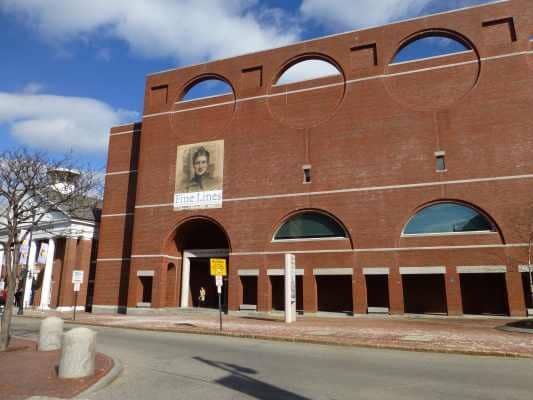
But discover them, you shall. For the Portland Museum of Art—Maine’s largest and oldest fine-arts institution—is a world-class museum of American and European art. Proud owner of the Winslow Homer Studio, a National Historic Landmark, the museum takes groups on docent-led van trips to the nearby studio on Prouts Neck facing the rocky seascape that inspired the artist.
Among others, the museum has several of Homer’s most iconic works, including the wave-tossed “Weatherbeaten,” painted in 1894 when the mature artist worked at Prouts Neck, and the small but choice “Sharpshooter,” depicting a Union soldier high in the trees, completed 30 years earlier, during the Civil War, when Homer was an illustrator for Harper’s Weekly.
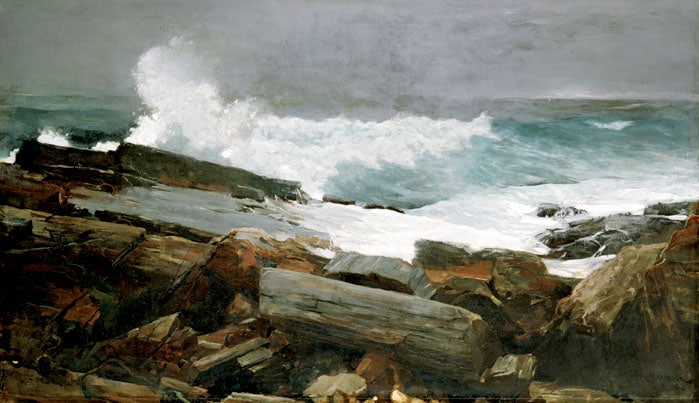
On the first floor, beyond a group of John Singer Sargent portraits and landscapes like Frederic Church’s “Mt. Katahdin from Millinocket Camp,” a Homer exhibit includes a studio scale model as well as personal memorabilia like the artist’s watercolor box and black Nor’easter hat.
Upstairs, in the Judy and Al Glickman Gallery, are top marine works like Edward Hopper’s “Monhegan Houses, Maine” and Marsden Hartley’s “Camden Hills from Baker’s Island.” You’ll also find a black wall sculpture by Louise Nevelson, who grew up in Rockland and a colorful Robert Indiana silkscreen from “The Hartley Elegies: The Berlin Series.”
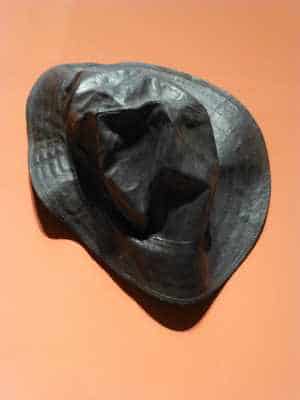
The museum’s superb collection of modern European works includes Impressionist canvases by Monet, Degas, Cassatt, and Renoir as well as Post-Impressionist works by Gauguin, Léger, Braque, and de Chirico.
Stroll through the airy, light-filled galleries for a couple of hours, then lunch on gourmet sandwiches and soups at the museum café before joining the 2 1/2-hour docent-led tour to the Winslow Homer Studio, 12 miles southeast. The 25-minute drive, takes you past the Black Point Inn, now the only hotel in Prouts Neck, as well as wide, sandy Ferry Beach.
Inside the studio, an olive-green shingle-style carriage house, are the narrow wicker couch where the artist slept, the foot-long pipe he smoked, wooden signs he painted with the words, “Snakes” and “Mice,” to keep the curious away, his canvas creel and mounted fish, and the window he etched with his first name. Outside, you’ll see the very rocks that Homer painted in “Weatherbeaten” and other iconic seascapes.
Farnsworth Art Museum (Rockland)
Founded in 1948, The Farnsworth is not as old or as large as the Portland Museum of Art. But it’s still one mighty museum. Like the PMA, it owns a nearby residence of major artistic significance: The Olson farmhouse, featured in Andrew Wyeth’s “Christina’s World,” a painting even most schoolchildren know.
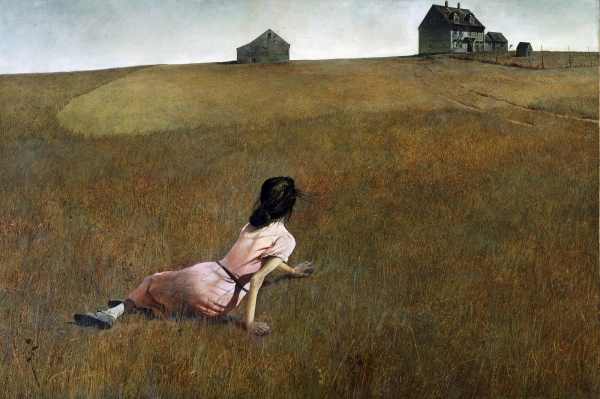
The Farnsworth also houses the world’s second largest collection of works—sculpture, drawings, prints and jewelry—by Russian born artist Louise Nevelson who grew up in Rockland. And there are more than 140 works by Finnish American photographer Kosti Ruohomaa, who also grew up there.
The museum’s connection to the three Wyeths—Andrew, his father, illustrator/ painter, N.C., and son Jamie—runs deep. In 1951, the Farnsworth hosted the first exhibit of the young Andrew Wyeth’s works. Just 12 miles off Rockland’s coast lies Monhegan Island, site of the prestigious 1950’s artists’ colony where Jamie lived and worked in a house formerly owned by artist Rockwell Kent. The museum’s Wyeth Center, around the corner in the restored 19th century United Methodist Church, houses two galleries with works by the Wyeths as well as a research center. In all, the museum has 25 Andrew Wyeth paintings, watercolors and drawings.
With over 10,000 works in 20,000 square feet of exhibit space, the Farnsworth’s follows its mission—to celebrate Maine’s role in American art—with a vengeance. In addition to earlier works by Winslow Homer, William Zorach, and Eastman Johnson (Lovell-born founder of New York’s Metropolitan Museum of Art) there are countless works by contemporary artists, who lived or summered in Maine. This group includes works by Neil Welliver (known for his landscapes), painter Fairfield Porter and his photographer brother Eliot (whose family owns Great Spruce Head Island in Penobscot Bay), Bernard Langlais (the late Old Town native known for his huge wooden animal sculptures), landscape photographer Paul Caponigro (who has lived in Maine since the 1990’s) and over 60 works by Berenice Abbott (renowned for her black and white photos of 1930’s New York).
Ogunquit Museum of American Art (Ogunquit)
In the language of Maine’s Native American tribe, the Abenaki, Ogunquit—33 miles south of Portland— means “beautiful place by the sea.” Stretching more than three miles, its impossibly wide white sand beach first drew Bostonian Charles Woodbury, whose art school became the center of a 19th century art colony, then later, turn of the century New York art critic Hamilton Easter Field who established the Ogunquit School of Painting and Sculpture at picturesque Perkins Cove. Credited with bringing modernism to Maine, the Ogunquit art colonies drew year-round residents and summer artists like Edward Hopper, Marsden Hartley, Alfred Bellows, and Walt Kuhn.
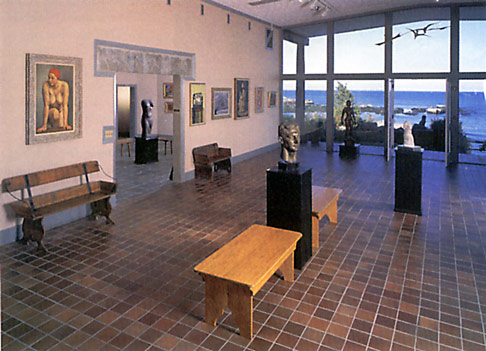
The only Maine museum devoted exclusively to American art, the OMAA concentrates on paintings, sculpture, drawings, prints, and photographs from the 1800’s to the present. A beautiful place by the sea in its own right, the museum sits amid three acres of landscaped gardens. Its main gallery features an entire glass wall overlooking the coast and waters of Narrow Cove.
The 7,500-square-foot gallery space houses countless works by Maine artists including seven by Lewiston native Marsden Hartley (of which the Cezanne-esque “Still Life with Eel is one), one of the largest collections of ceramic sculptures by Carl Waters, and a set of the complete graphic works of printmaker/painter Jack Levine, one of only two in any U.S. institution. There also are works by Louise Nevelson, Neil Welliver, and Alex Katz. From June 26-October 31, the museum mounts “Andrew Wyeth: The Linda L. Bean Collection,” which will feature works by N.C. and Jamie Wyeth. It’s the first time the collection—30 years in the making—has ever been shown.
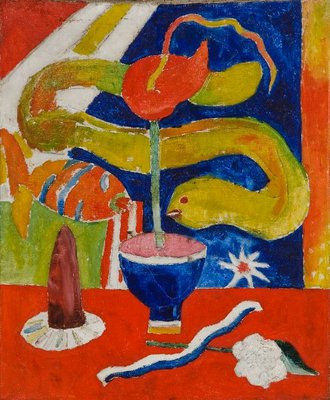
The OMAA prides itself on diversity. Literally speaking, that means works by acclaimed African American artists Romare Bearden and Jacob Lawrence. Figuratively speaking, that means works by the likes of Roy Lichtenstein and Alexander Calder.
Open only from May 1 to October 31, the OMAA is known for its annual summer auction, “Art by the Sea,” which includes music, cocktails and hors d’oeuvres, and of course art and entertainment.
The College Collections
Maine’s excellent university collections are often lumped together for convenience sake. But virtually every one has a special claim to fame, whether it’s the Marsden Hartley Memorial Collection at Bates College or the Winslow Homer Collection at Bowdoin.
Bates College Museum of Art (Lewiston)
If, like me, you’re a fan of Lewiston modernist Marsden Hartley, don’t miss this museum, 34 miles northeast of Portland. Among the 5,000 objects here, you’ll also find everything from pre-Columbian and African art to modern photography and contemporary works on paper.
The Marsden Hartley Memorial Collection grew from the artist’s initial bequest of personal effects from his Corea home and studio, including photos, letters, wallets and pens and souvenirs from his travels. His niece later donated two sketchbooks, two early oils, original manuscripts of his equally fine poems, and the artist’s palette, brushes and easels. Principally 99 drawings cover 18 categories, among them the scenic “Mt. Katahdin Drawings” (1939-40), the intriguing “Lobster Fisherman With Religious Directions” (c. 1940) and the striking “Five Lobstermen and Christ Figure—Pieta,” which depicts Maine lobstermen carrying the crucified savior.
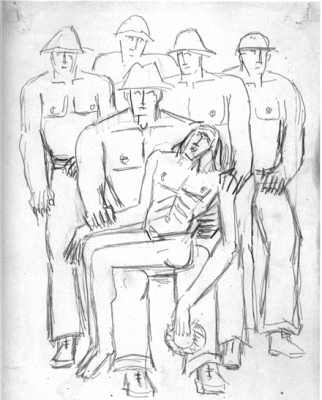
Other highlights: Augustus Saint-Gaudens’ sculpture of Robert Louis Stevenson, Neil Welliver’s acquaprint “Deer,” Louise Nevelson’s etching, “The Magic Garden,” and a Robert Indiana silkscreen of “The Hartley Elegies: The Berlin Series” based on Marsden Hartley’s deconstructed German officer series of 1914-15.
Bowdoin College Museum of Art (Brunswick)
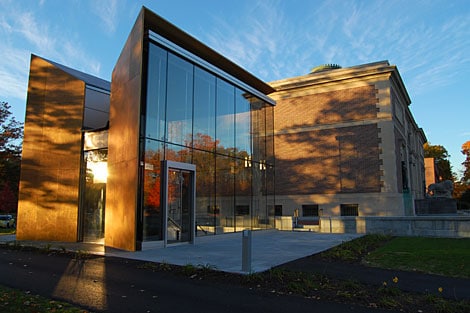
When it comes to Maine artists, the curators at the Portland Museum of Art—owner of the Winslow Homer Studio—would probably give their eye teeth for Bowdoin’s Winslow Homer Collection, including scores and scores of the artist’s woodcuts depicting the Maine outdoors, the Civil War and famous personages like Abraham Lincoln; pen-and-ink drawings, and the oil “Halibut Fishing,” also known as “The Warning Cloud.”
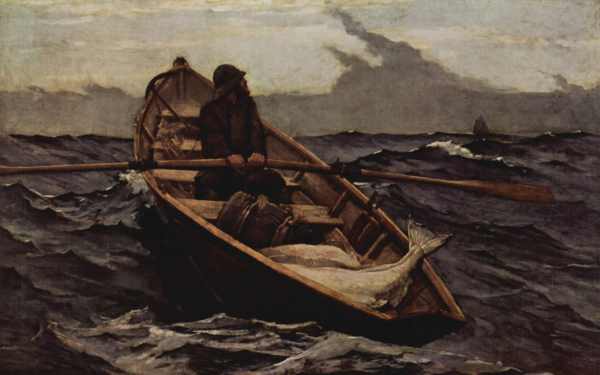
Also in the collection are photos (including an 1895 one of Homer in a canoe and the last official portrait of the aged artist in 1908), blueprints for “The Ark” (the family home in Prouts Neck), and slews of personal letters. Thankfully, Bowdoin is only 26 miles northeast of Portland, so diehard Winslow Homer fans can see the artist’s studio in Prouts Neck as well as Bowdoin’s collection in a day.
Beyond the Homer focus, Bowdoin prides itself on having one of the most comprehensive collections of any university in the country. The 20,000 objects in 14 galleries include decorative arts, paintings, sculptures, and works on paper, and range from Greek and Etruscan pottery to contemporary works.
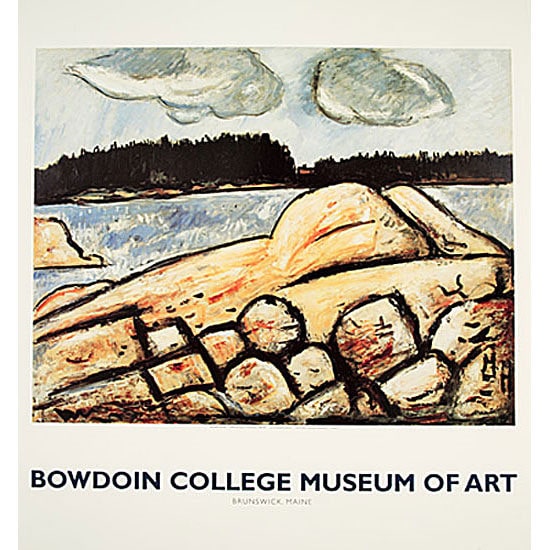
In the decorative arts, look for the Paul Revere punch ladle, a 1950’s Eames chair, and—there’s that name again—an unusual Winslow Homer oil on an oval bisque tile, similar to works his mother did. Paintings range from John Singleton Copley portraits and Gilbert Stuart’s “Portrait of Thomas Jefferson” to Marsden Hartley’s late 1930’s oil, “After the Storm, Vinalhaven,” and Neil Welliver’s later “Deer in the Bottom.” Sculptures include early Saint-Gaudens works, modern Louise Nevelson sculptures and contemporary Alexander Calder mobiles. Drawings range from Peter Paul Rubens to Pablo Picasso.
The museum mounts as many as six special exhibits at a time along with lectures, concerts and occasional “Family Saturdays.”
Colby College Museum of Art (Waterville)
Waterville might sound like a hike, but it’s only 1 1/2 hours’ drive from Portland, Bar Harbor, and Camden as well as Sugarloaf ski resort.
With a focus on American art, as well as diverse periods and cultures, the museum houses nearly 8,000 works in five wings. With the opening of the Alfond-Lunder Family Pavilion in July 2013, the museum now has 38,000 square feet of exhibit space—more than any other Maine museum.
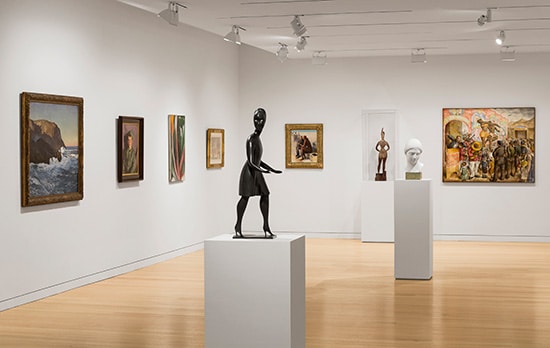
The Lunder Collection, focusing on 19th and 20th century American art as well as contemporary art, includes over 300 works by James McNeil Whistler, the largest Whistler collection in any U.S. academic museum. Works range from the likes of John Singer Sargent, Winslow Homer, and Edward Hopper to those by Georgia O’Keeffe, Romare Bearden, Louise Nevelson, Claes Oldenburg, Jasper Johns, and Maya Lin, creator of the Vietnam Veterans Memorial in Washington, D.C.
Here, too, are three very special collections: The John Marin Collection (the largest in any U.S. college museum, focusing on the watercolors, drawings and paintings of the artist who painted in Maine for 38 years), the Bernard Langlais Collection (including the nearby Langlais Preserve in Cushing with more than 65 huge outdoor sculptures) and the Alex Katz Collection (a gift of 400 works from the Brooklyn born artist, who summers in Lincolnville).
University of Maine Museum of Art (Bangor)
Once strictly a university collection, the UMMA moved from the university’s Orono campus to a downtown Bangor location in 2002 in a bid to become a major community and regional museum. Owned by the state, it’s the only fine arts institution that belongs to the citizens of Maine.
The museum houses over 3,800 works created since 1900, emphasizing contemporary art from 1945 to the present. Along with Maine and Maine-inspired artists like Winslow Homer, Marsden Hartley, Neil Welliver, and Alex Katz, you’ll find works by cubists Georges Braque and Pablo Picasso, German Expressionists Max Beckmann and Käthe Kollwitz, and contemporary artists Robert Motherwell, Helen Frankenthaler, Frank Stella, Robert Rauschenberg, and Andy Warhol.
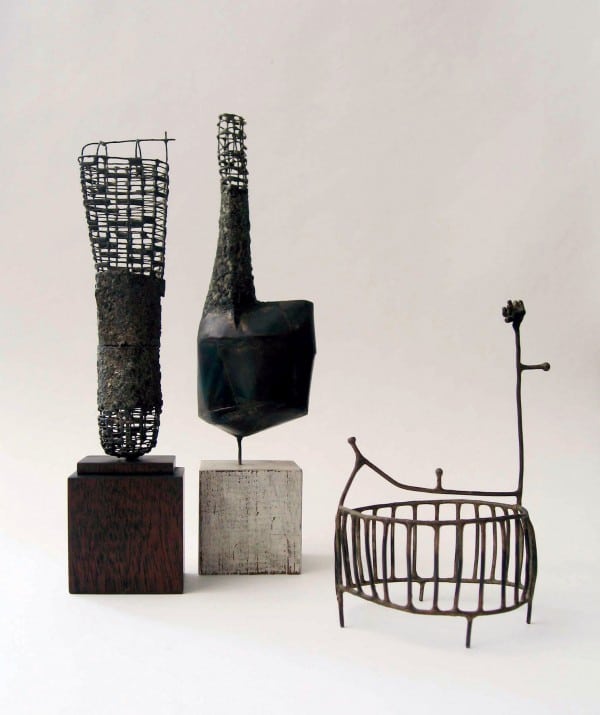
Past exhibits illustrate the museum’s remarkable range. There have been photography shows of Ansel Adams, Andy Warhol, and Berenice Abbott works; prints from Piranesi to Picasso and abstract wood reliefs by Bernard Langlais.
Recent exhibits range from “Jay Kelly: Works From 2007-2014,” highlighting Kelly’s small “intimate” sculptures using silver, wood, gesso and other materials, to “Amy Beeler: Passion and Adornment,” with 21 pieces of her sculpture-like jewelry in silver and 14k gold incorporating everything from botanical elements like milkweed seed pods to human hair.
Find more information at www.visitmaine.com
[alert type=white]
What to See:
The Maine Art Museum Trail – Encompasses 53,000 works in seven museums:
Portland Museum of Art (www.portlandmuseum.org )
Farnsworth Art Museum (www.farnsworthmuseum.org )
Ogunquit Museum of American Art(www.ogunquitartmuseum.org )
plus top college collections at Bates (www.bates.edu/museum ), Bowdoin (www.bowdoin.edu/art-museum ), Colby (www.colby.edu/museum ) and the University of Maine (www.umma.umaine.edu ).
Artwalk Maine – A major consortium of studios, galleries and museums offering self-guided evening art walks in Maine’s downtown cities, from Portland to Bangor, held monthly, usually Friday, between 5 and 9 p.m., from spring through fall. www.artwalkmaine.org
Maine Art Museums Trail – www.maineartmuseums.org
[/alert]

